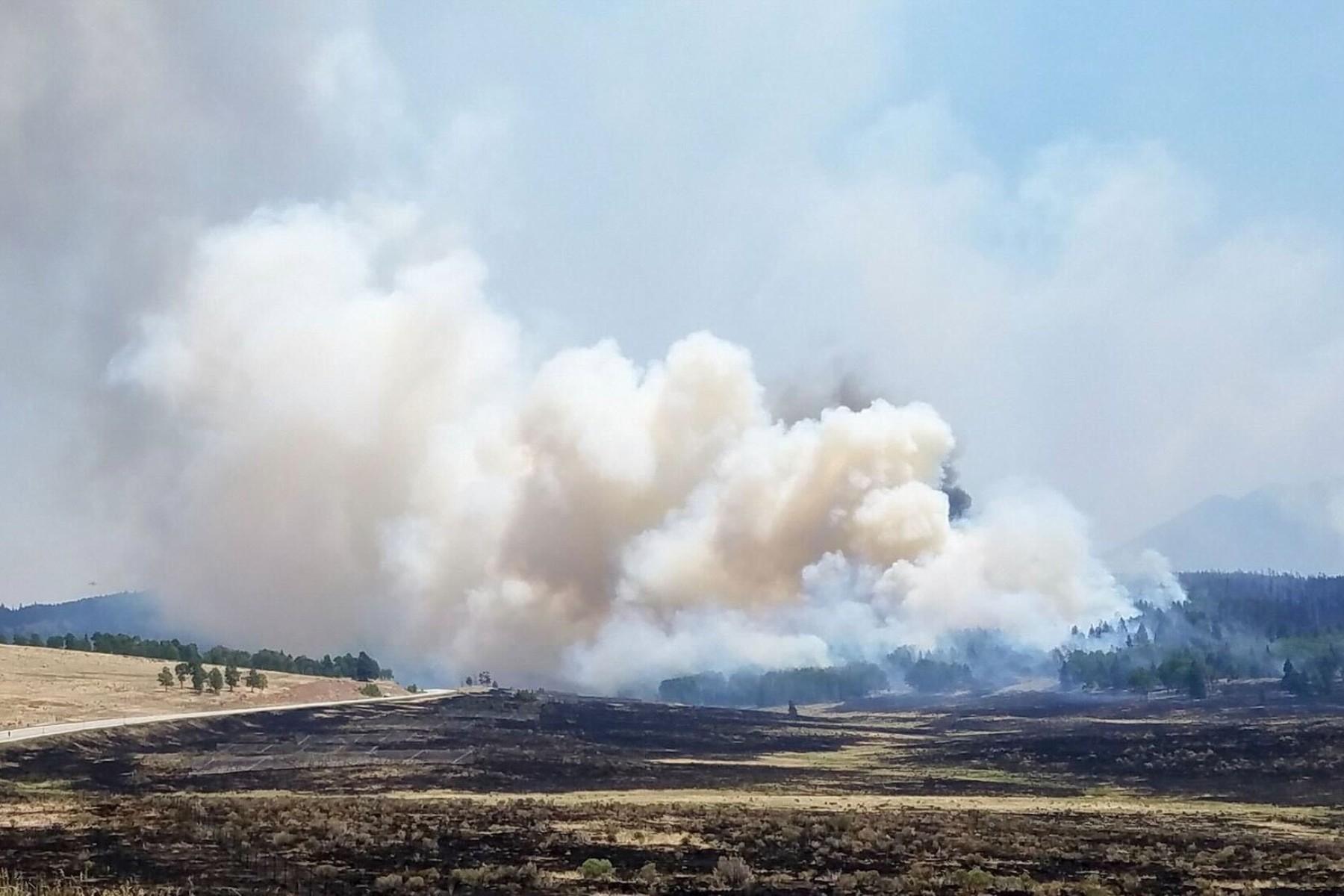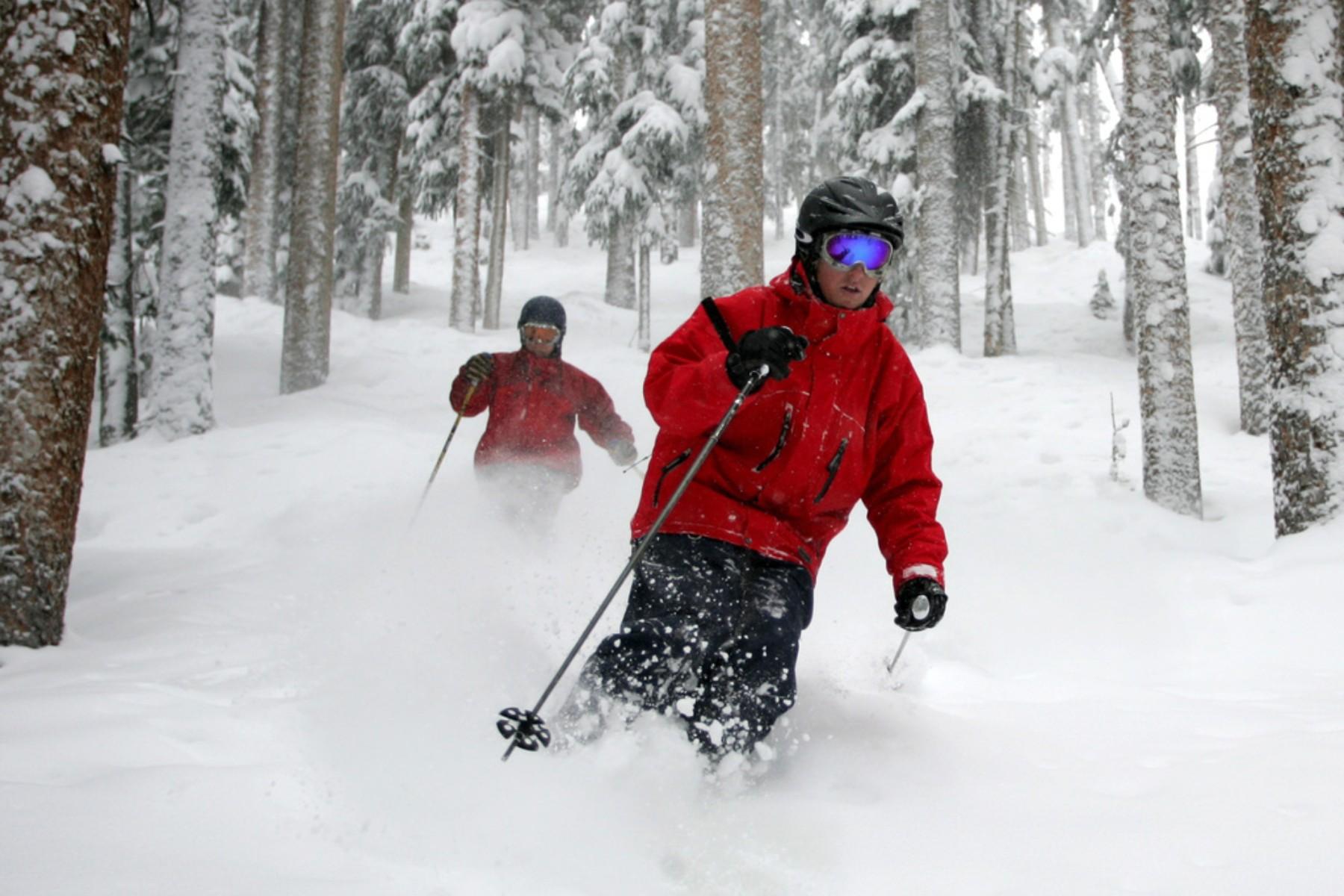Here’s a fact of budget life: it costs the state more to educate kids in small towns. As budgets keep shrinking, some rural districts are worried they may be pressured to consolidate. But closing a school has impacts far beyond the cllassroom.
Find other the stories in our Budget Breakdown series here
__________________________
Floyd Beard knows small school districts. He runs the Board of Cooperative Educational Services, or BOCES, for around twenty of them on the eastern plains. Tiny places scattered across a giant map in Beard’s office: Karval, Kit Carson, Arickaree.
Each of those districts gets extra money from the state, because they don’t have enough students to survive with just the standard amount. And Beard says that can put them in the crosshairs when officials who don’t know the area are trying to save money.
BEARD: "Lot of the people just ...drag out a map and look at the paper. And the paper shows, oh my, it takes more to educate these kids out there on the Eastern plains and the map, my goodness, look at all these little [districts], lets just put them together. And the map doesn’t show the long driving times to get from place to place."
That’s a common argument against combining districts and schools -- the kids end up spending a lot of their day on buses. But Beard says consolidation’s biggest impact on the towns those kids leave behind . He points out places that lost their schools decades ago.
BEARD: "Genoa, you’ll have to stop by there. It’s a modern ghost town because Hugo got the school. Or Arriba, Arriba no longer has a town because the school went to Flagler."
Stand on any road in Arriba on a spring morning and the bird song is amazing. But it’s also likely to be the only thing you hear; there are few cars on the gravel roads and downtown pretty much every business is boarded up. This is a very different town than it was before the school consolidation.
EUNICE BURGE: "In ‘83 we had around 22 businesses, and we have five now."
Eunice Burge lives just down the street from Arriba’s old school house. Three generations of her family sat in its classrooms. For decades the school, with its band concerts and sports teams, was the center of Arriba’s social life Now her neighbors’ yards display signs for the Flagler Panthers.
EUNICE BURGE: "I can’t think of any new homes being built since the school has closed. There’s not been any new buildings. And if you were a family with some kids you wouldn’t want to move to a town that has no school."
A lot of things have happened in recent decades to hurt farm towns like Arriba, but Burge’s husband Douglas says shutting down the school made all those problems much worse.
DOUGLAS BURGE: "If you lose your school, you lose your town. Maybe not just right away, but in time. That’s what happened to us."
Arriba’s fate explains why “consolidation” is often a dirty word out here. No district wants to admit publicly that they’re considering it. But as rural populations drop along with state funding, it can be hard to keep schools open. The state’s smallest district, Agate, is closing its high school next year, keeping only its young children in town.
Governor John Hickenlooper says while he was campaigning he heard from districts beginning to contemplate consolidation. And Hickenlooper himself raised eyebrows last month when he said in a speech that Colorado could consolidate two-thirds of its school districts.
HICKENLOOPER: "The suggestion is only there is significant money to be saved, and more money to be put back into classrooms if a number of these small districts were to merge with each other. Now, we’re not demanding that they do that, we’re just holding it out as a possibility as we go through this very difficult economy."
There are actually a number of studies showing consolidation doesn’t save much money. Rural districts already collaborate on a lot; they share specialty teachers and pool their federal funds for things like special education. And they’ve pared back in ways people in larger districts might find hard to believe.
A dozen miles down the road from Arriba, at the Arriba-Flagler school, Tom Arensdorf is the embodiment of doing more with less.
ARENSDORF: "This year I’m the superintendent, the high school principal, and the athletic director."
As we walk around the district’s single school building, it’s clear that the mounting budget cuts, coming after years of declining enrollment, mean a lot of classrooms will be empty next year.
ARENSDORF: "We don’t have high school band any more, we won’t have any art classes any more last year. We will lose some elective science classes. We won’t have a speech class any more. We’ll have to cut an elective math class or two."
Even with those diminished offerings, Arensdorf says people will hold on tight to their schools, because they know now what joining up with another district would mean for their economies, and their identities.
ARENSDORF: "It’s the biggest thing in town, you know, that’s just what people hang on to and people that come from these rural communities, they identify with where they went to school and they hold onto that identity for the rest of their life, even if they don’t end up living here."
Convincing the rest of the state that the impact of a town’s school outweighs its extra costs will be the challenge for many tiny districts in coming years, as they try to survive this recession with their identities intact.









